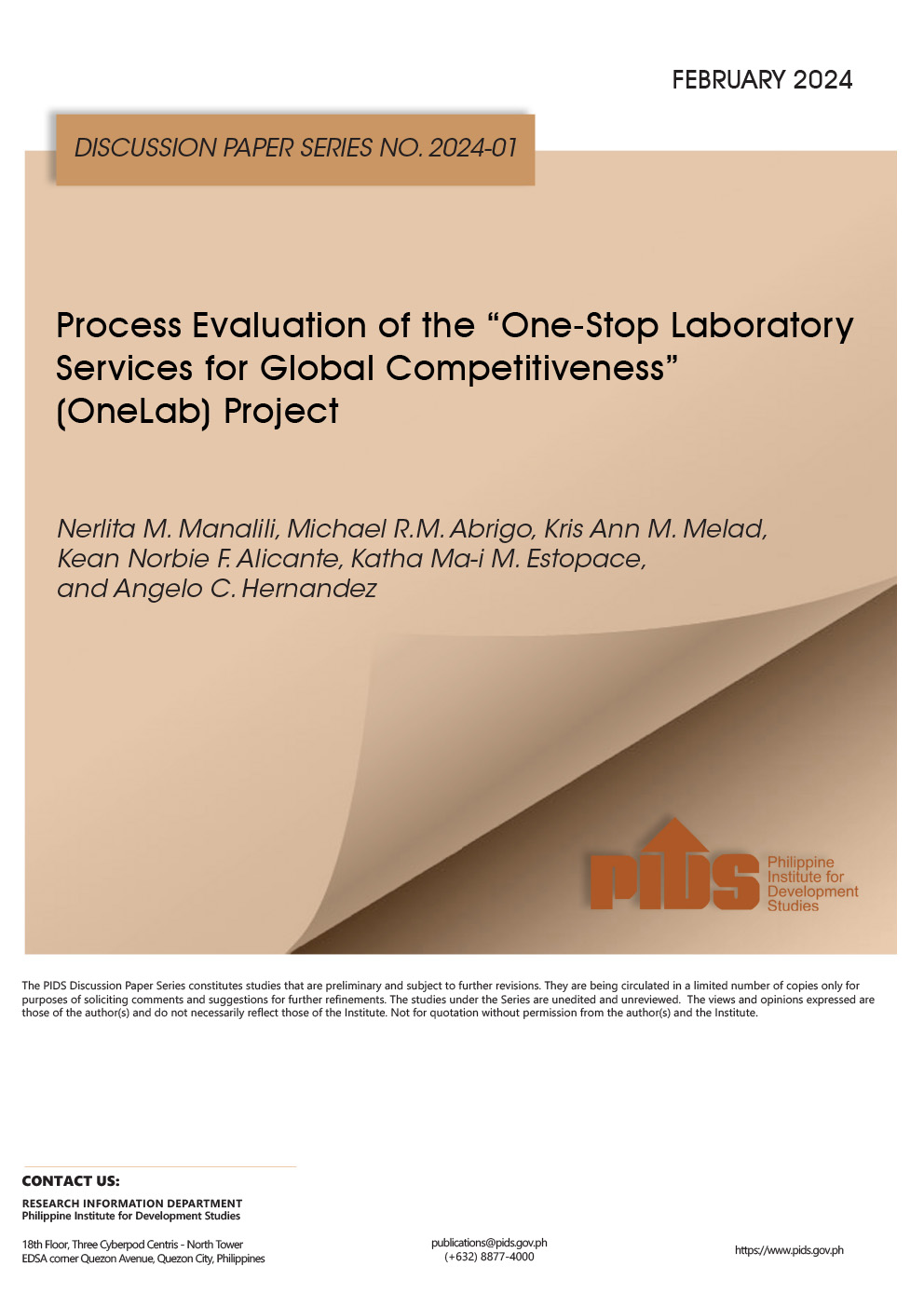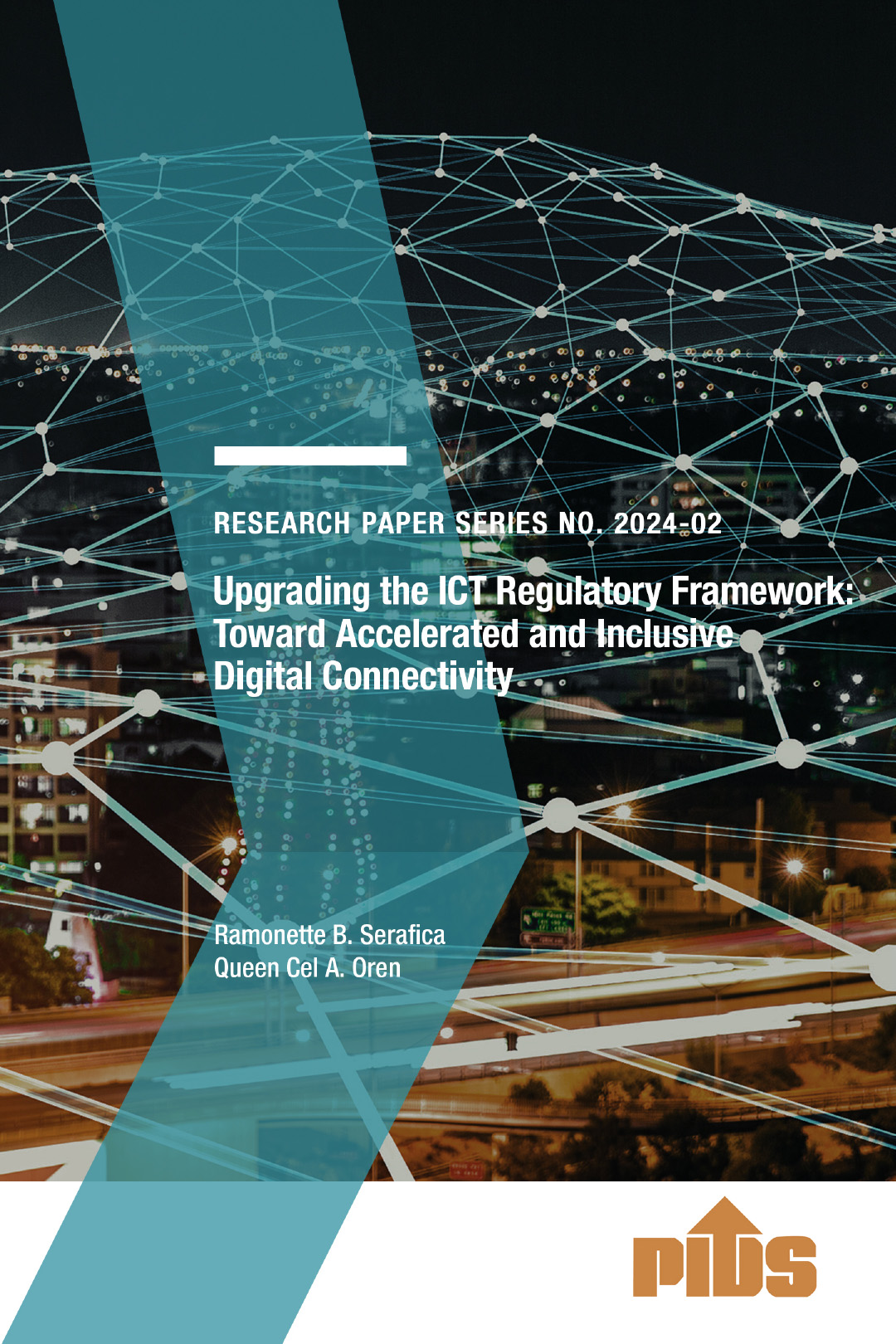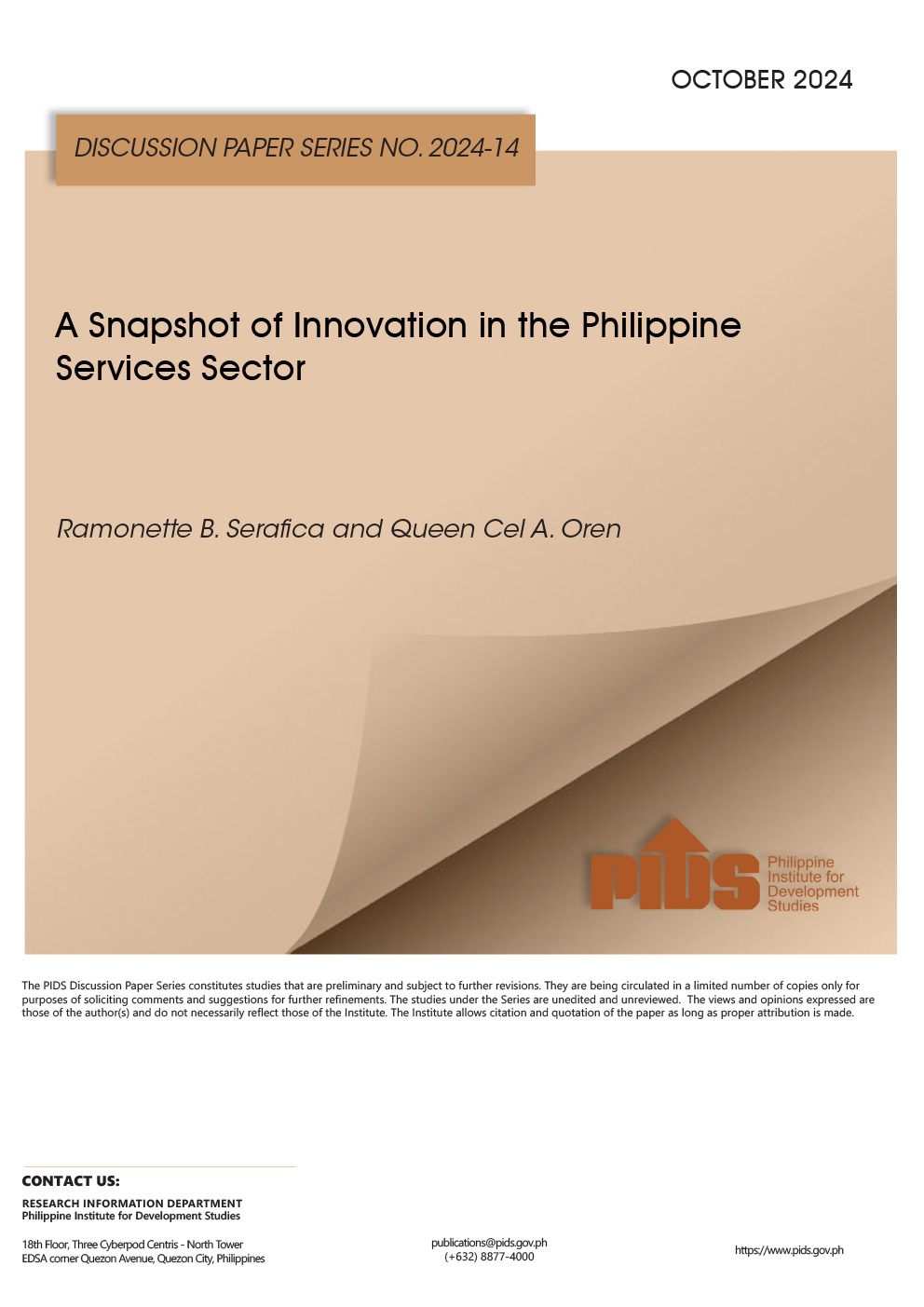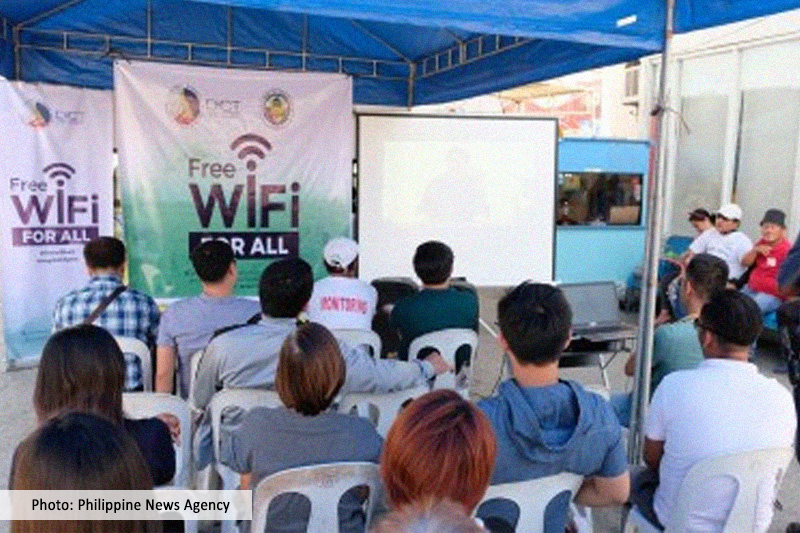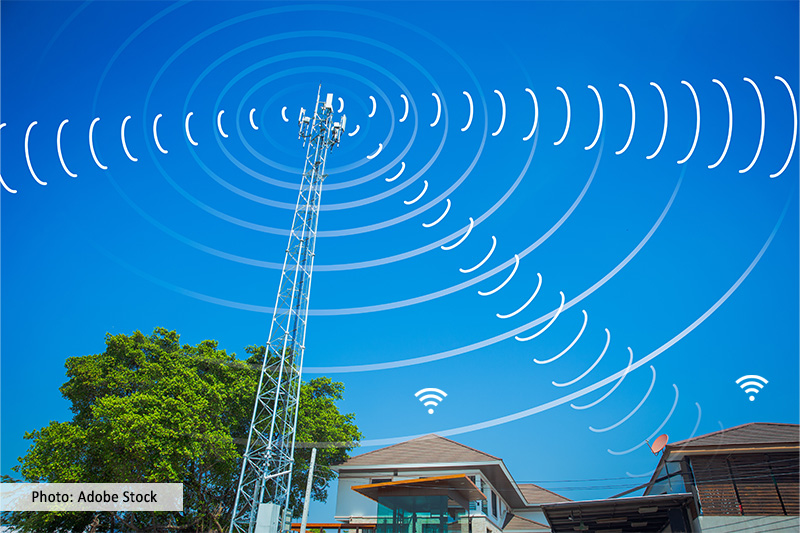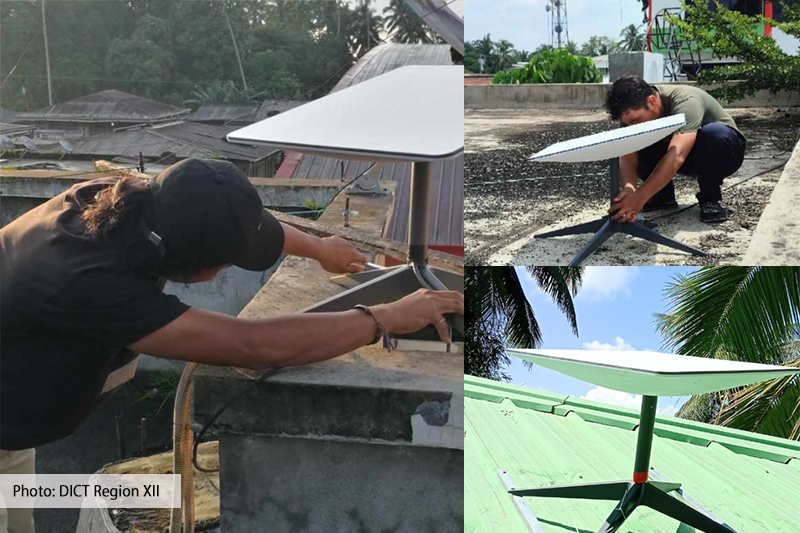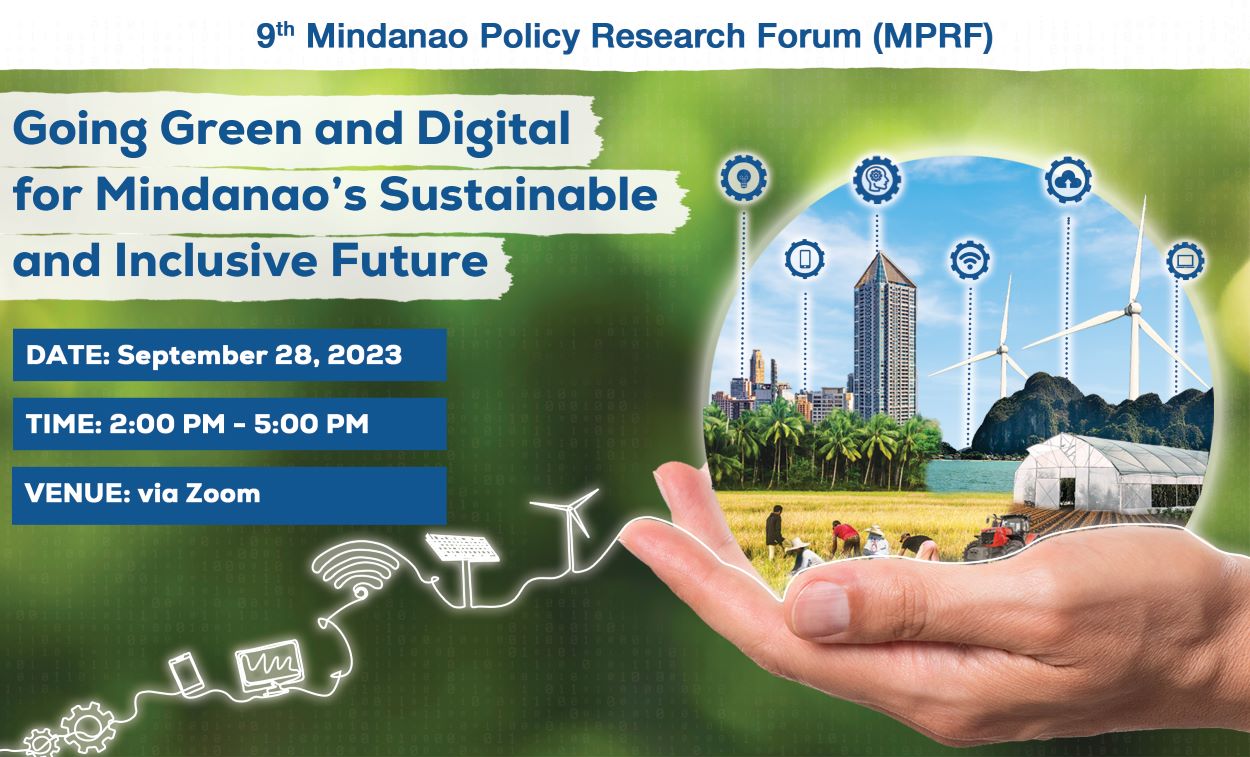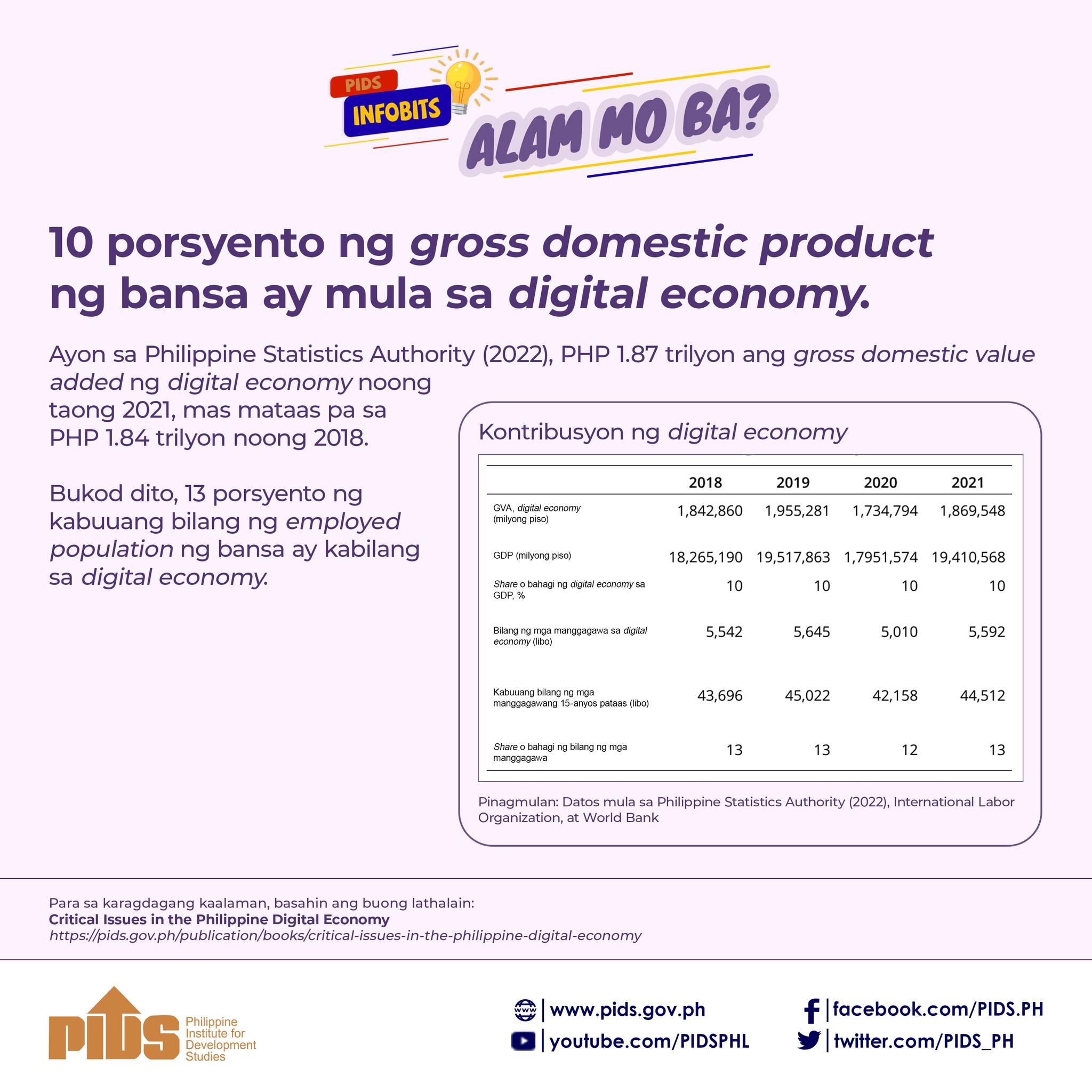People living in urban or more affluent areas in the country will likely benefit more from the digital economy, according to a study by the Philippine Institute for Development Studies and funded by the Asian Development Bank.
PIDS said those who benefit from digital technologies are "those who are neither too old nor too young to utilize the technology, those who are male, and those with adequate skills."
The government's push for a digital economy has been intensified by the current global health crisis.
Experts earlier said this move would prevent the further spread of the COVID-19 pandemic.
PIDS senior research fellow Francis Mark Quimba, supervising research specialist Maureen Ane Rosellon and research specialist Sylwyn Calizo Jr. said these segments of the population have better motivational, material and skills access to computers and the internet, which allow them to participate in and benefit more from the digital economy.
Digital economy, which includes the platform economy, refers to an economic activity that uses digitally-enabled platforms “to achieve more efficient utilization” of resources.
The authors said people's motivation to have “a computer or a mobile phone and be connected to the internet” is influenced by factors such as gender, age, and trust and perception of the internet.
In terms of gender, the study found that information and communications technology access is “commonly better” among males than females. For instance, in Vietnam, 82 percent of males use the internet for personal purposes, compared to 73 percent of females.
Meanwhile, there tends to be better internet access for those who are not so old or not so young.
According to the study, this can be seen in the patterns for Canada, the People’s Republic of China, India, Japan, the Philippines, and Taipei, China.
In the Philippines, online shoppers are highest for those in the 18 to 24 age group. However, they are only considered as the “second-largest online shopping group”.
Those who shop more belong to the age group 25-34 “perhaps because [they are] already earning their own income”, according to the study.
Another factor included in the study is trust and perception of the internet. The authors said that one of the main barriers in accessing the internet is not knowing what it is and what it can do.
The study showed that only 13 percent in Thailand, 11 percent in Indonesia, and 5 percent in India knew what the internet is.
As to the “physical access to mobile phones, computers, and the internet”, data showed that more than 85 percent of the population of developed countries used the internet in 2019 compared to developing countries and least developed countries at 53.6 percent and 16.1 percent, respectively.
Moreover, the authors noted that the “better skilled have better access” to the digital economy. In the Philippines, related studies showed that those who have higher education tend to use the internet for more advanced tasks, such as learning, producing creative or user-generated content and doing online transactions.
The use of digital platforms comes with trust and security issues.
The study showed that the more commercialized, well-off, and touristy areas will benefit more from digital accommodation platforms.
To address these issues, the authors have some recommendations. One is for ADB to work with its member-economies in defining and measuring various indicators in the four areas of access and participation in digital platforms.
Aside from addressing barriers simultaneously, the authors urged ADB to “generously support projects that would support material access to ICT in LDCs”.
As several platforms are based on mobile applications, it should also work with governments to formulate plans for “utilizing digitization, facilitating innovation, and supporting start-ups”.
Additionally, the bank should facilitate cooperation among countries to ensure the convergence in the level of ICT access and participation in the platform economy over time, the study said.
The authors recommended providing greater skills development for the youth, reskill and retool adults and change the public's mindset in using technology.
Urban residents benefit more from digital economy

